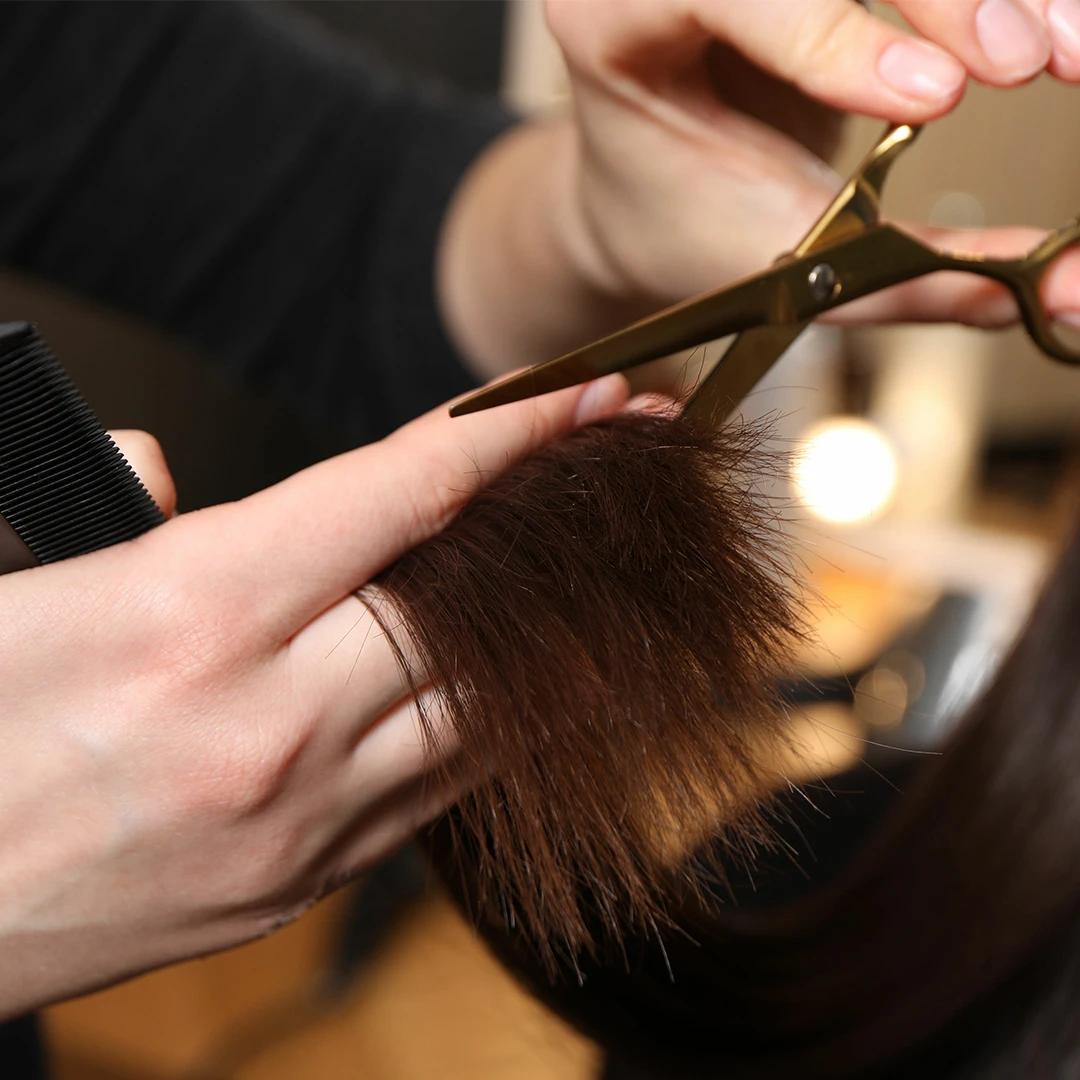Come prepared with specific questions about maintenance, styling time, and how the cut will grow out. Ask about which hair texture changes are realistic and which might need additional treatments or time to achieve.
Inquire about the best hair styling techniques for your new cut and whether you'll need any new tools or products. Don't be shy about asking for a quick styling tutorial—most stylists are happy to share tips.
Describing Your Desired Look
Use descriptive words that paint a clear picture: edgy, soft, textured, sleek, voluminous, or structured. Explain the vibe you're going for rather than just showing photos—context helps your stylist understand the why behind your choice.
Be specific about length, especially around the face and neckline. Terms like 'shoulder-length' can mean different things to different people, so be as precise as possible.
Preparing Your Hair for the Cut
Your hair needs to be in the best possible condition for your stylist to work their magic. This isn't about having perfect hair before you go—it's about giving your stylist a clean canvas to work with.
Proper preparation also helps you get the most accurate preview of how your new style will look and behave in your daily life.
Wash your hair the night before or morning of your appointment with your regular shampoo and conditioner. Avoid heavy styling products, oils, or treatments that might coat your hair and interfere with the cutting process.
Skip the dry shampoo on appointment day—it can make hair slippery and harder to cut precisely. Your stylist needs to see and feel your hair's natural texture and movement.
Arriving Salon-Ready
Wear a button-up shirt or something that opens in the front to avoid messing up your fresh cut when you change. Bring your inspiration photos, a hair tie to pull your hair back if needed, and any specific products you currently use.
Arrive with realistic expectations and an open mind. Sometimes the best hair makeover ideas come from slight tweaks to your original vision based on your stylist's professional insight.
Post-Cut Care and Styling
Congratulations—you've got gorgeous new hair! Now comes the fun part of learning to style and maintain your fresh look. Every cut has its own personality, and understanding how to work with yours ensures you'll love it every single day.
The first few weeks are all about getting to know your new style. Don't panic if it feels different at first—there's always a little adjustment period with any significant change.
Products for Your New Cut
Your stylist should recommend specific products based on your hair type and new style. Whether you need texturising spray for tousled layers or smoothing serum for a sleek bob, the right products make all the difference.
Start with one or two key products rather than overhauling your entire routine at once. You can always add more specialised products as you get comfortable with your new style.


 1 Unit
1 Unit Pack of 3
Pack of 3 3 units
3 units 1 Unit
1 Unit